A hot commodity, hemp challenges farmers to be at the forefront of trends in this dynamic market. Among the industry pitfalls is growing “hot hemp.”
The term emerged with crops containing more than the federally legal limit of 0.3% tetrahydrocannabinol (THC), which the U.S. government defines as “marijuana.” Excess levels of THC will cost more than 20% of hemp farms their crops this year, according to the USDA. Many of those farmers could prevent such losses by adopting some experts’ strategies for steering clear of “hot hemp.”
Do the math on CBD to THC ratios
Sidestepping hot hemp sounds as simple as purchasing seeds containing less than 0.3% THC. And while some seed sellers accurately state their cannabinoid concentrations, others offer numbers that should raise red flags for farmers.
A ratio of cannabidiol (CBD) to THC that’s higher than 25 to 1 likely is based on poor scientific analysis, irresponsible marketing, or both. Reliable lab results derive from properly prepared samples in numerous tests over years of strain development. And the results don’t support the levels of CBD some companies claim in concert with nearly no THC.
“There is no real ratio over 25 to 1,” says Ryan Davidson, co-chief executive officer of Sovereign Fields in Southern Oregon. “Not from what we’ve selected, not from what we’ve seen.”
That equation pencils out to about 7% CBD in strains that will test legal for THC, says Davis. Of strangely high CBD-to-THC ratios, scientists working in Sovereign Fields European division say they assume the CBD level is somewhat accurate but the THC level almost certainly is inaccurate. The basic math, says Davidson, explains why his company doesn’t market hemp varieties grown for smokeable flower with CBD levels above approximately 6.8%.
“We have a lot of farmers who are shopping for CBD percentage.”
While shopping, hemp farmers should consider strain characteristics with a critical eye. Be very suspicious of seed sellers claiming ratios of 35 to 1 CBD to THC — or higher. It’s nearly a scientific, mathematic, logical certainty that the level is based on invalid tests, and the strain will produce “hot hemp.”
Source stable CBD hemp genetics
A hemp strain’s CBD-to-THC ratio is just one piece of the puzzle. Stable genetics is the other major factor that should drive farmers’ seed purchases.
“It takes about two years to get a variety stable and ready for market,” says Davidson. “It’s the science of observation; it’s a process of elimination.”
Eliminating hermaphroditic tendencies is one of the primary goals of hemp breeders. Accomplishing that feat entails putting hemp strains under several stressors — namely heat and light — that prompt plant stock to react in ways that are undesirable to breeders and farmers.
“That’s the biggest concern for people,” says Davidson. “They don’t want males.”
For everyone growing smokeable flower, feminized, autoflower CBD hemp seeds are critical to a fruitful harvest and profitable season. And four to six generations of breeding with “stress testing” and “slow and meticulous selections” typically are behind each stable hemp strain, says Davidson.
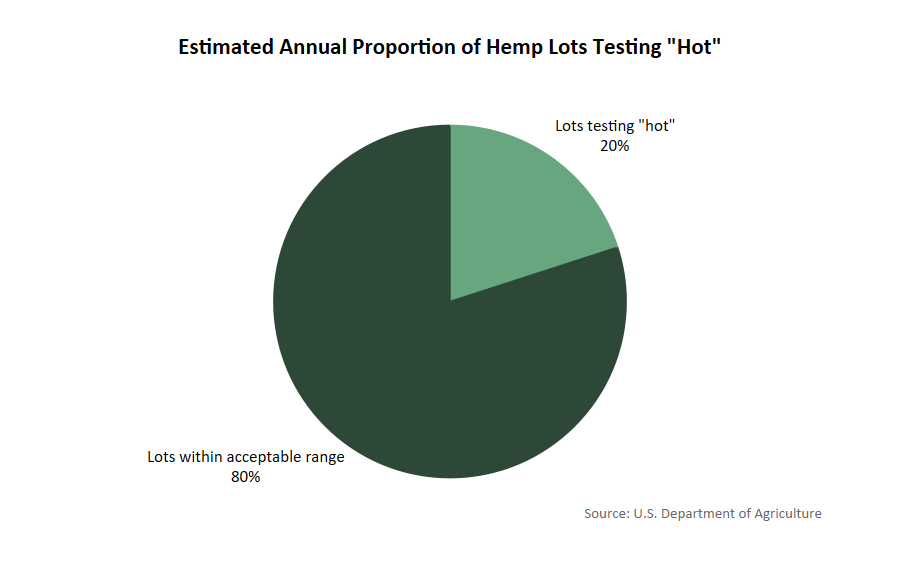
“We start with a baseline of all these elite strains,” he says. “We put them under stressful environments and see how they react.”
The reaction of farmers, processors and consumers is another verifiable variable when shopping for stable hemp genetics. Look for testimonials on seed sellers’ websites and in other sales materials.
If those opinions are conspicuously absent, ask sellers about some of their other customer relationships. Then go to the farmers who have sown the hemp seeds in question and find out firsthand how they performed.
Did the hemp strain deliver to the seed seller’s specifications? Did total CBD and THC percentages pencil out in the correct ratio? Or did growers have reason to worry about hot hemp on their hands?
Verify lab tests
Following some subjective evaluation, independent scientific analysis may emerge as an essential strategy while shopping for hemp seeds. When a seed seller provides a certificate of analysis (COA), do some due diligence to determine if the document comes from a reliable lab. Scientists in Sovereign Fields European division suggest asking these five questions when vetting lab operations:
1. What are the limits of quantification for THC and THCA? These limits should not be a lot higher than 0.01%. If the limits are close to 0.1% or higher, it means the lab can’t measure total THC — and therefore safeguard against hot hemp — consistently or reliably.

2. What is the calibration range for THC and THCA? An appropriate range is 0.01% to 1%, with actual values falling in the middle of that range. Some labs also may analyze high-THC cannabis samples, calling for a calibration range of up to 30%. Given that range, a lab cannot pinpoint the comparatively low THC levels in hemp. Sovereign Fields scientists liken the discrepancy to using a scale calibrated for the human body to weigh a grain of rice.
3. Is the lab handling its hemp samples according to U.S. Department of Agriculture protocol? Samples must be milled and “manicured” though wire mesh no larger than 1.5 by 1.5 millimetres, which discards mature hemp seeds and larger twigs and stems. Incorrectly milling hemp will yield considerably higher cannabinoid values.
4. Can the lab show quality-control samples run alongside the samples in question? Quality-control samples have known concentrations of cannabinoids, ideally total THC values consistent with hemp samples (0.3%). Most laboratories do not calibrate equipment every day, so every time they analyze samples, they should verify their equipment is working properly by checking quality-control samples.
5. How many replicates per hemp sample were done? Labs should make at least three replicates per sample, so if there is an operational error in one, it’s easier to isolate. Additionally, the likelihood of providing accurate results improves with each replicate.
“You better have a stack of those, and you should have a running average,” says Davidson of COAs. “This is to cover your ass.
“It’s not like shopping for a home appraisal,” he adds, explaining that hemp breeders shouldn’t uphold a single COA to convince clients. Rather, they should have document upon document for each hemp strain, showing consistent results.
Consistency of calibration, in the meantime, remains an area of concern for labs, breeders, farmers and processors alike. With no national standard for calibration protocol, says Davidson, some labs’ analyses can range wildly — by 30, 40, up to 60%.
“Until this is worked out, we’ve got serious flaws in the industry,” he says, adding that Sovereign Fields is speaking out and “sounding the alarm.”
Heeding the warning sign of skewed CBD-to-THC ratios should be farmers’ first step in avoiding “hot hemp.” Employing a strategy for securing stable hemp genetics and verifying lab results can keep farms from producing hemp crops that exceed legal levels of THC. Focusing a critical eye on some of the hemp industry’s mutable — sometimes misleading — numbers, farmers can rescue their season before it’s too hot to handle.

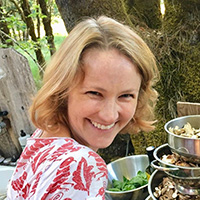
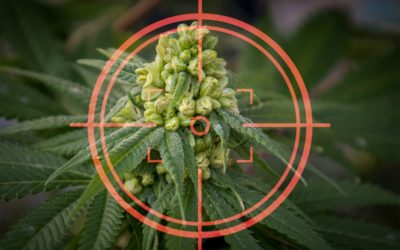
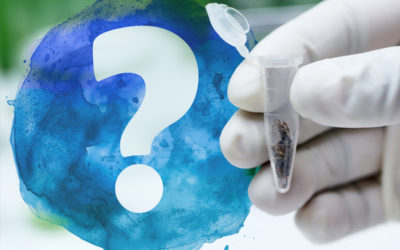
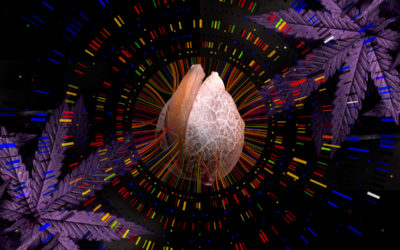
Sound advice, thank you!